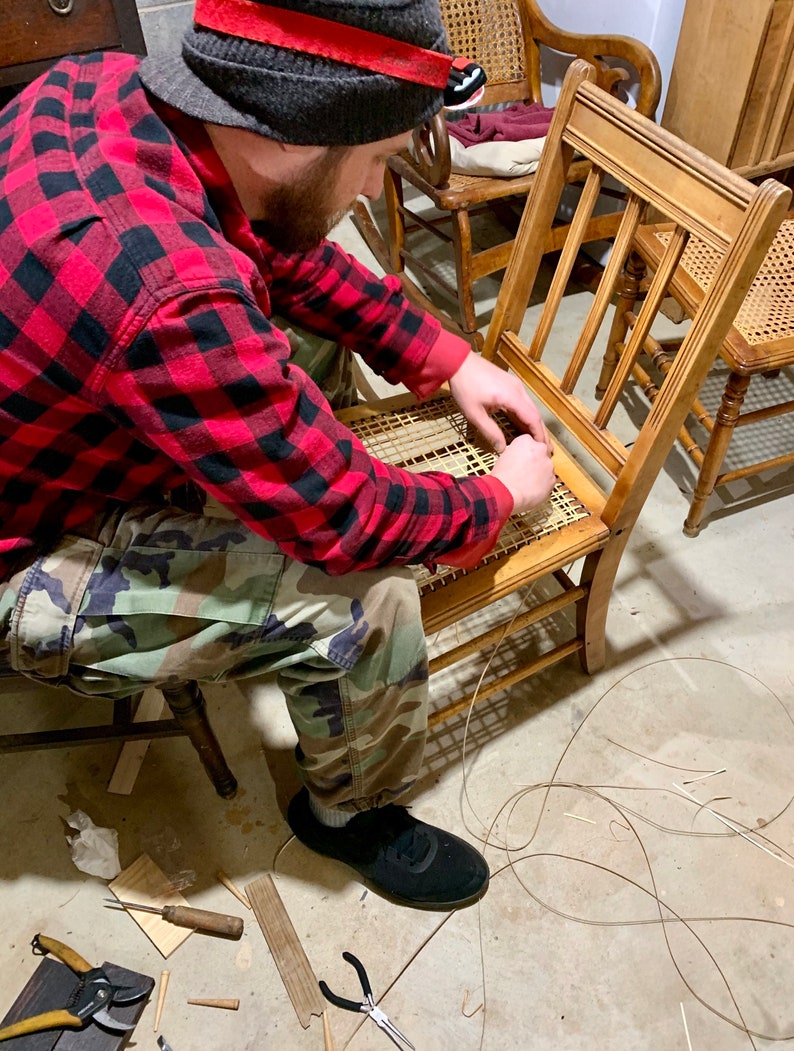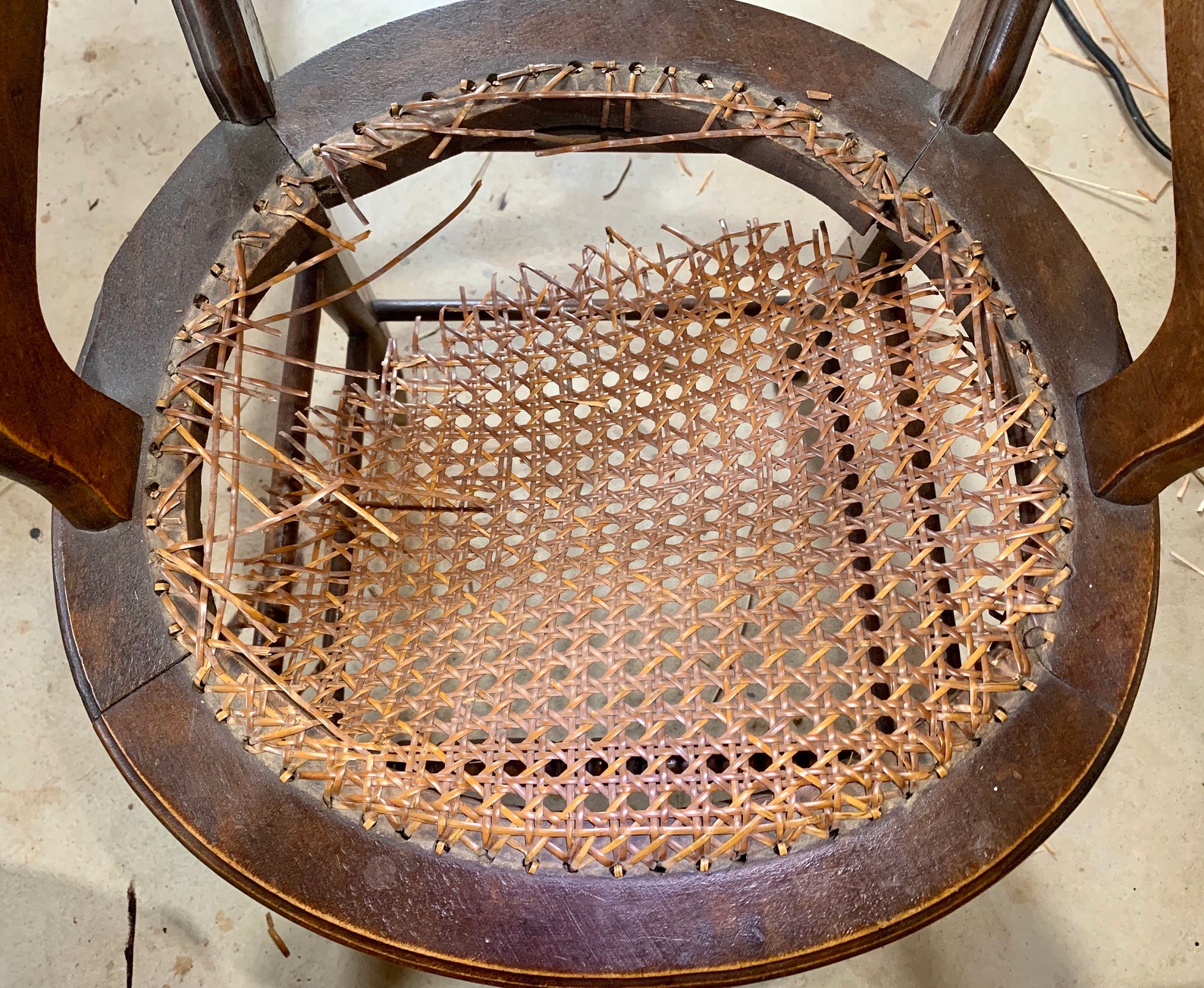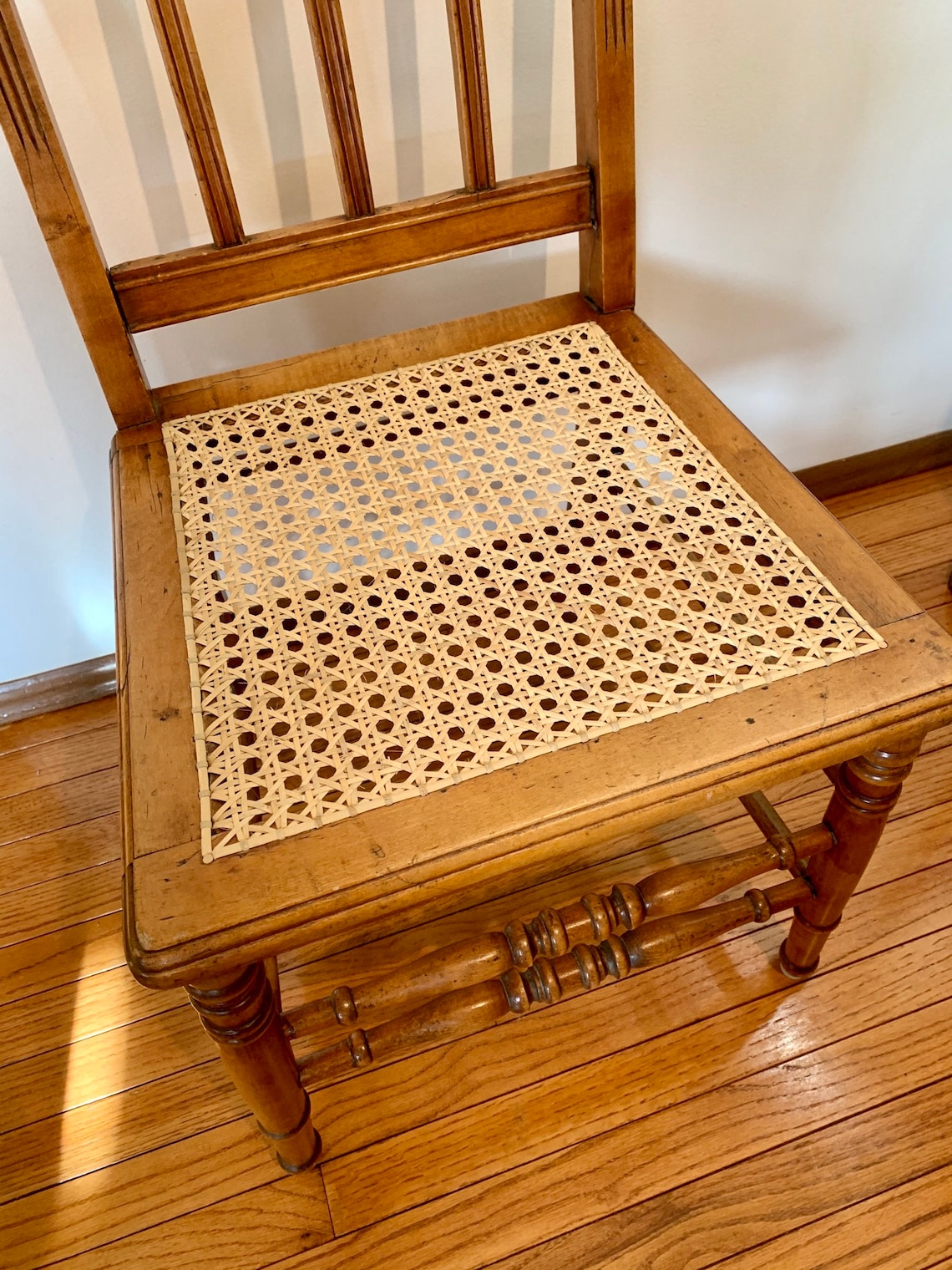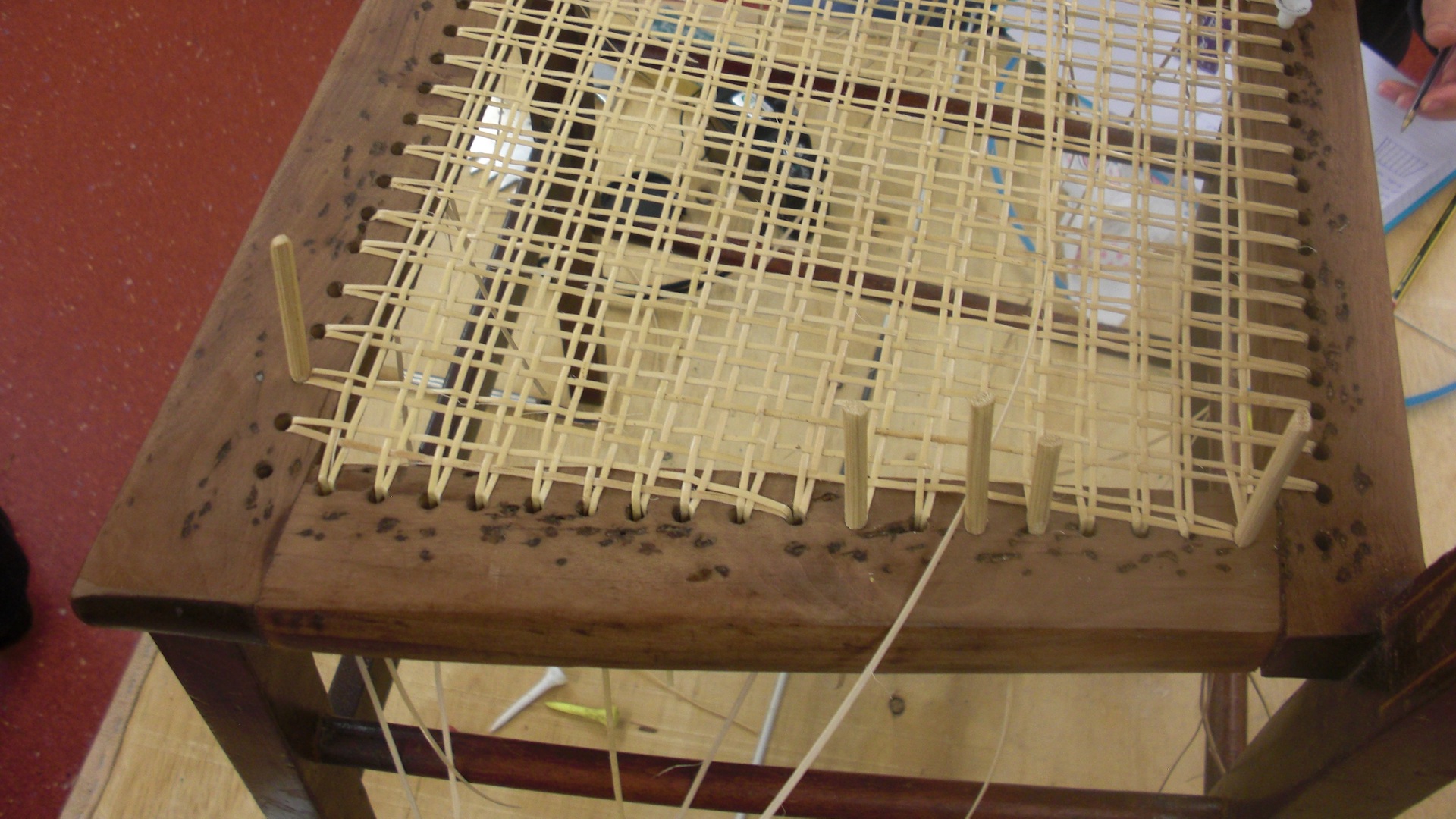Antique Chair Caning Repair

Antique Chair Caning Repair Tutorial
Overview
Cane seating is a beautiful addition to chairs, and it can be a great way to give an antique chair a unique look. However, over time cane seating can become damaged, so it’s important to know how to repair it properly. This tutorial will go over the basics of how to repair antique chair caning so that you can restore your furniture and bring it back to its former glory.
Materials Needed
Before you can start the repair process, you’ll need to make sure that you have all of the necessary materials. The materials you'll need for antique chair caning repair are as follows: Cane webbing, a cushion pad, a hammer, a nail set, a caning tool, and a bottle of glue. You may also want to have a pair of scissors, a needle, and a needle threader on hand as well.
Preparing the Chair
Once you have all the necessary materials, you can begin the repair process by preparing the chair. Begin by removing the old cane webbing and cushion pad. If there is any residue left behind, you can use a hammer and nail set to remove it. Once the old webbing and padding has been removed, you can clean the chair with a damp cloth to get rid of any dirt or dust. You should also sand down any rough edges on the chair to make sure that the new cane webbing will fit properly.
Adding the Cane Webbing
Once the chair is prepared, you can begin the process of adding the new cane webbing. Start by measuring out the webbing and cutting it to size. Then, use the caning tool to weave the webbing into the chair frame. Make sure that it’s tightly woven, and that all of the edges are flush with the frame. You should also check to make sure that the webbing is even and that there are no gaps or loose strands.
Adding the Cushion Pad
Once the cane webbing is in place, you can add the cushion pad. Start by cutting the cushion pad to size and then glue it to the chair frame. Make sure that the edges of the cushion pad are flush with the frame, and that all of the edges are securely glued down. Once the cushion pad is in place, you can use a hammer and nail set to secure it to the frame.
Finishing Touches
Once the cane webbing and cushion pad are in place, you can finish the repair process with a few final touches. If necessary, you can use a needle and thread to sew the edges of the webbing to the frame. You can also use a needle and threader to secure loose strands of cane webbing. Finally, you can use a damp cloth to clean the chair and make sure that all of the edges are flush with the frame.
Antique Chair Caning Restoration Service/Repair/ Cane/ Per | Etsy

Antique Chair Caning Restoration Service/Repair/ Cane/ Per | Etsy

Antique Chair Caning Restoration Service/Repair/ Cane/ Per | Etsy

Chair Caning Course - Upholstery Skills Centre

Vintage Canning Spline One Bolt Caning Supplies DIY Chair Furniture
